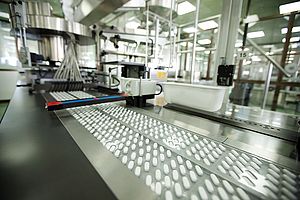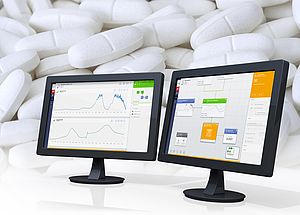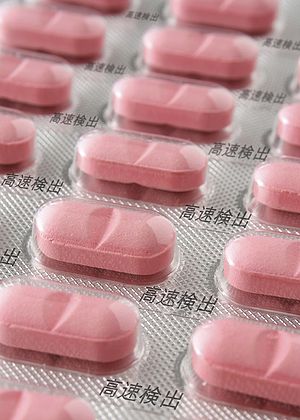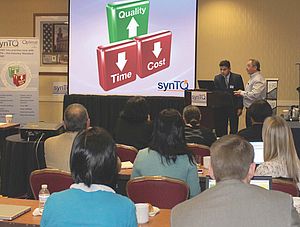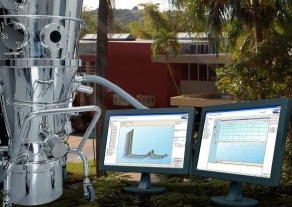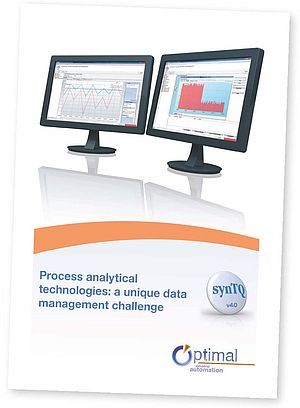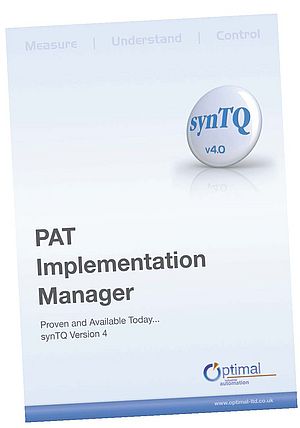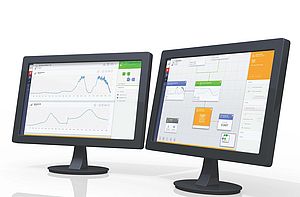Scientists from the University of Puerto Rico at Mayaguez and the Universidad de Atlantico, Barranquilla, Columbia have shown how model-based, closed loop control can have a dramatic impact on energy efficiency and performance in a widely used pharmaceutical drying process.
Their work used an inline near infrared (NIR) sensor together with real time control models to manage the temperature and air flow rate in a fluidised bed drier. The project demonstrates that closed loop control can deliver appropriate drying performance while cutting energy consumption by up 60% compared to conventional open loop strategies. It also shows how such an approach can effectively handle process variability, caused, for example, by changes in initial moisture content or grain size.
Encouraged by regulators, there is considerable interest in the pharmaceutical industry in the adoption of process analytical technologies (PAT) and closed-loop control strategies in order to improve quality, process reliability and manufacturing efficiency. In their new paper, chemical engineering researchers Luis Obregón, Leonel Quiñones, and Carlos Velázquez, set out to evaluate the potential of such an approach in a common pharmaceutical process, using currently available industrial components and control technologies.
The demonstration system relies on the tight integration of multiple hardware and software elements. synTQ was used to control the inline NIR sensor that analysed the material in the dryer during operation. The spectra recorded by the sensor were passed to an analysis package (SIMCA QP), which used them to generate predictions about the current moisture content of the material. This data was passed back to the synTQ package, which processed it and passed it on in turn to the dryer's Delta V control system, using the OPC protocol. Delta V then used the predicted data to alter the inlet temperature and air flow rate in the dryer, according to an empirically derived process model.
In tests, the closed-loop control model was able to achieve the desired state of dryness with substantially lower energy consumption than could be achieved using traditional open loop techniques: as much as 60 percent in one case. Also of great significance for pharma companies, the researchers tested the robustness of the system by altering the granulation and moisture content of the test ingredients without adapting the control model parameters. In this test, the closed loop approach was still able to achieve the desired level of dryness, albeit without such dramatic improvements in energy efficiency.
Closed loop control
for efficient pharmaceutical drying processes
- by Optimal Industrial Automation
- October 25, 2013
- 331 views





